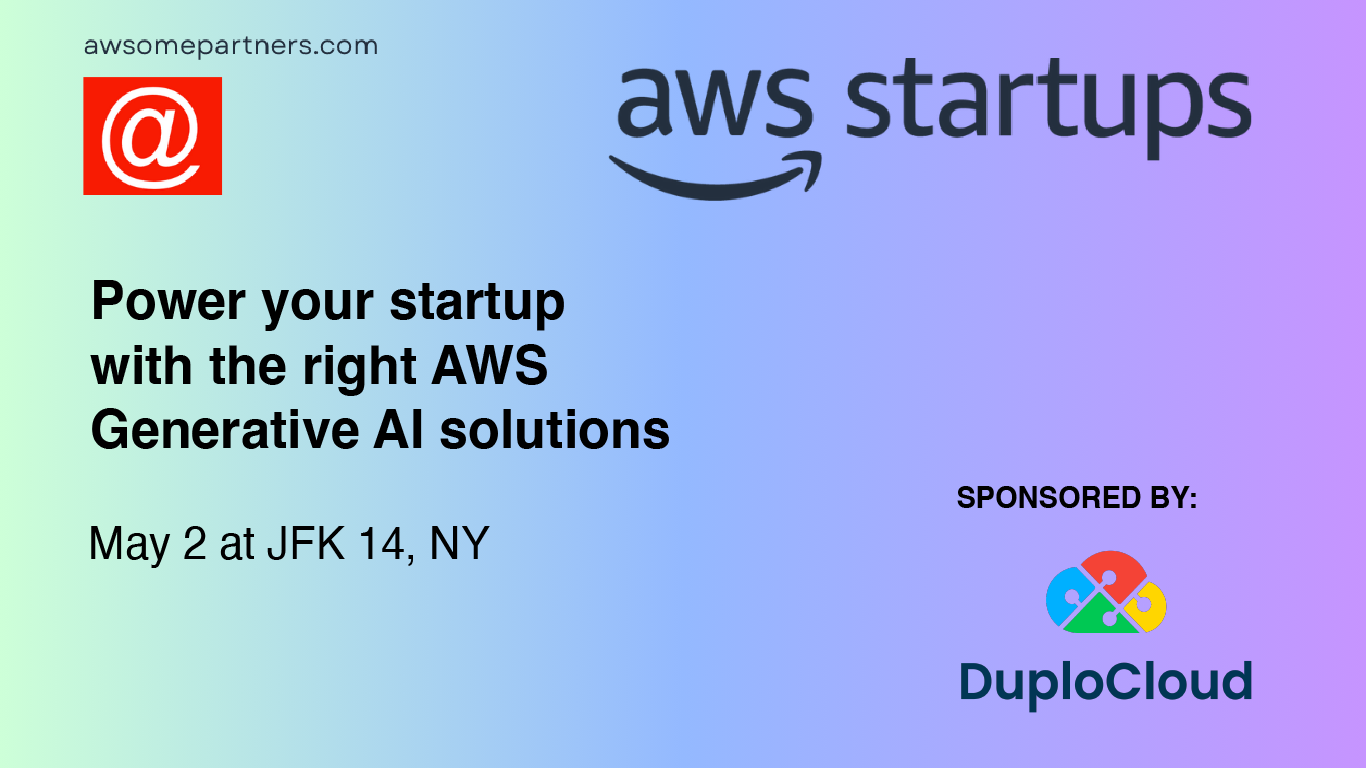Whether you choose to build or buy, get to know the most valuable features and functions of any effective internal developer platform
Developer self-service is considered a pinnacle of platform engineering today. As applications and their underlying infrastructure become increasingly complex, organizations need to be able to build, deploy, and manage resources at scale without having to manually provision and configure every individual component. That’s where internal developer platform tools come into play; in this article, we’ll look at the 12 tools and services you should consider using to increase efficiency and decrease risk through your organization’s IDP.
Internal Developer Platform Tools: Build or Buy?
At the end of the day, the question of whether to build or buy your internal developer platform comes down to your platform engineering team’s specific needs and business realities. While a bespoke solution would by definition be the best fit (since it’s a custom-built tool designed explicitly to meet your needs), not every organization has the resources to do that. Building an internal developer platform from scratch is time-, labor-, and cost-intensive, and organizations that are just getting started or racing to get to market may not be in a position to foot the bill.
In that case, an out-of-the-box solution is probably a better bet. Buying is a perfectly effective way for businesses to get everything they need out of an internal developer platform without having to fork over the up-front investment of building their own DevOps team and designing a custom solution from the ground up.
12 Internal Developer Platform Services & Tools to Know
If buying an internal developer platform made from composite parts is a more appropriate solution for your business, these are some of the best services available today that you should consider incorporating into your stack.
DevOps Platforms
DevOps services are effective anchors for any Internal Developer Platform because they combine so many critical features and components into a single solution. These one-stop-shop platforms use automation to minimize the engineering labor required and help get organizations ready to launch faster than they could on their own.
- DuploCloud: DuploCloud’s powerful no-code/low-code tool allows developers to automate infrastructure provisioning. The All-in-one DevSecOps automation platform mitigates risk and reduces the chances of human error with built-in security and compliance. Features like 24/7 monitoring, automated provisioning, and CI/CD orchestration enable organizations to save time and money while deploying fully optimized cloud-native applications at scale.
- Giant Swarm: Giant Swarm promises to accelerate the development journey with its configurable cloud-native platform. The Kubernetes-based tool and managed service options help engineers get their apps operational in days instead of weeks.
- Gopaddle: Gopaddle is a no-code platform that allows Kubernetes developers to provision, build, deploy, and monitor applications in less time and with less cost. Features include CI/CD automation, multi-cloud management, and a range of third-party integrations.
Platform engineering is the future. In our survey of 500 IT professionals, we found that more than 90% of respondents have adopted or plan to adopt an IDP within the next five years. Learn more with your free copy:

Infrastructure as Code
Infrastructure as Code (IaC) is an antidote to the complexity of platform engineering in today’s world. There are many tools out there that make IaC accessible to organizations of all kinds, and they are often cloud- and platform-agnostic in order to further the goal of increasing operational efficiency for engineering teams. Here are a few IaC tools to know:
- Ansible: To use Red Hat’s Ansible as an Infrastructure as Code tool, organizations need to write configuration models in a YAML-based DSL that make it easy to create and manage resources and accelerate deployments at scale. Pre-configured “playbooks” are available for common use cases, but Ansible also supports custom configurations.
- Puppet: Organizations can control multiple application servers at once using Puppet’s Ruby-based DSL. Puppet establishes the best way to achieve the user’s unique Infrastructure as Code goals and the end state infrastructure they describe.
- Terraform: HashiCorp’s Terraform is a popular favorite among organizations managing Infrastructure as Code across hybrid and multi-cloud environments. Because Terraform is open source, users can benefit from a broad ecosystem of third-party integrations that augment the platform’s core capabilities.
Database Services
There are many distinct databases out there, but the three biggest cloud providers offer relational database services that combine all those engines. It’s important to understand that these integrated service offerings are built to leverage independent database products like PostgreSQL, MongoDB, Oracle, etc., not explicitly designed to replace them.
- AWS RDS: Relational Database Services (RDS) is Amazon’s fully managed database solution. The service allows organizations to establish and deploy relational databases quickly and easily using any of seven popular engines.
- Azure SQL: Microsoft’s database service allows organizations to migrate all their existing SQL workloads into a single unified platform. Azure SQL supports both on premises and multi-cloud environments and promises to create a consistent experience from the edge to the cloud.
- Google Cloud SQL: Google’s fully managed relational database service allows developers to manage MySQL, PostgreSQL, and SQL Server workloads in one place. Organizations can reduce their database costs through features like automated provisioning and storage management.
Monitoring
Although many developer tools are focused on designing, deploying, and managing cloud applications, monitoring is also a critical component of effective DevOps. Here are some of the best tools that enable understanding and optimization of your applications’ performance:
- Datadog: Datadog allows developers to monitor cloud-native applications and their associated servers, databases, and tools. The end-to-end analytics platform unlocks full observability to help businesses increase security, decrease downtime, and improve user experience.
- Instana: IBM’s Instana offers an application performance management solution and enterprise observability platform for cloud-native environments. Instana provides actionable analytics and insights to help developers optimize app performance, pipelines, and workloads.
- New Relic: New Relic promises to help developers, operations teams, security professionals, and business leaders all come together to solve software performance problems using data. New Relic promises full-stack observability through 30+ monitoring tools that unite all of an organization’s telemetry in a single cloud environment.
Platform engineering services are complex, and the more you can enable self-service the more effective your development team will be. DuploCloud’s DevSecOps automation platform gets you as close as possible to the finish line right off the bat, reducing operating costs by 75% and making deployment times 10x faster along the way. Ready to learn more about how you can power your internal developer platform with DuploCloud’s low-code/no-code tools? Contact us today.









